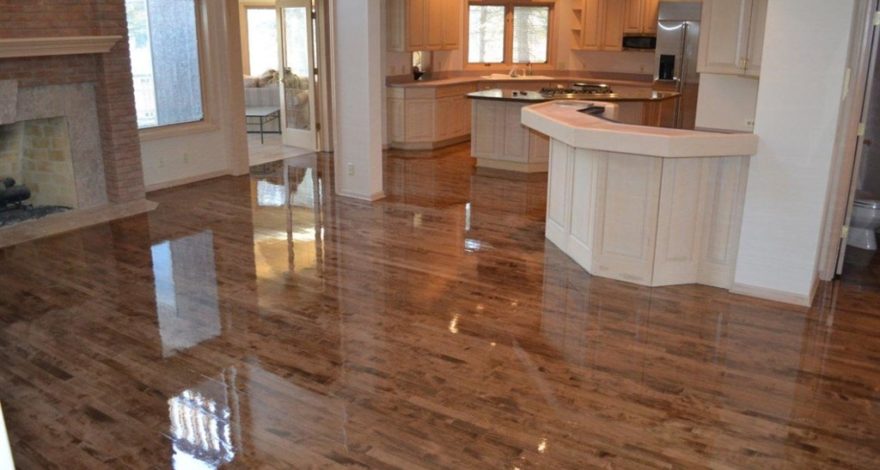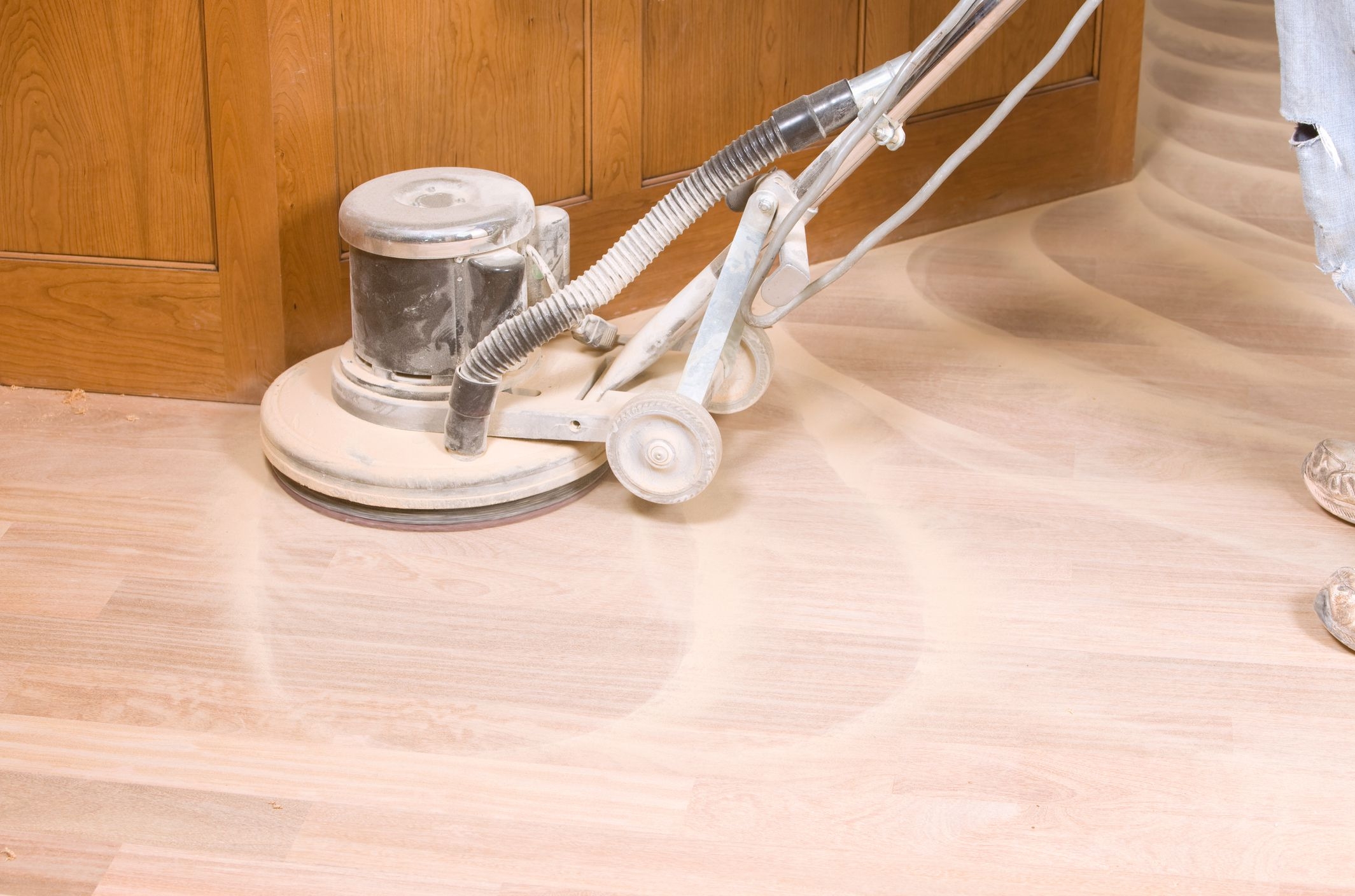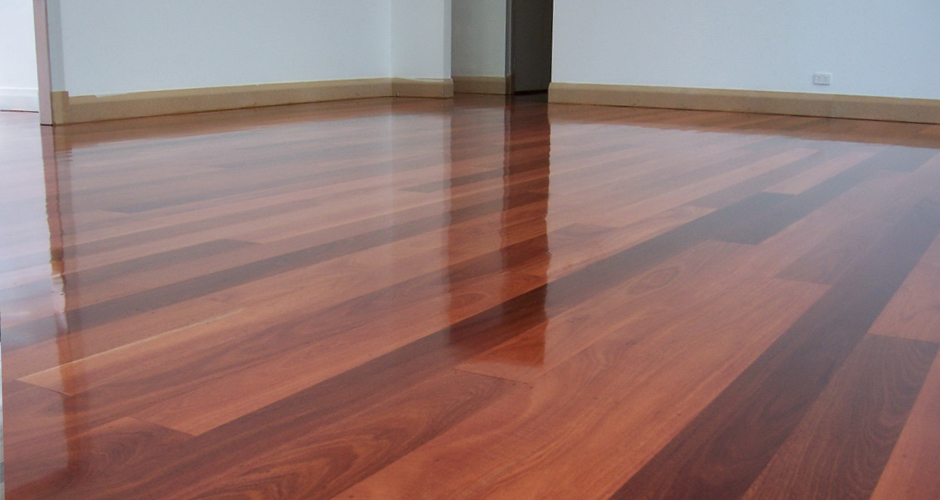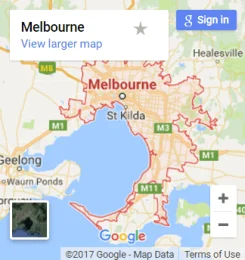Have you ever wondered what makes your floor shine like new? It’s not just magic; it’s the result of proper maintenance and care. Buffing and floor polishing Geelong are two common techniques used to enhance the appearance of floors, but they are often confused with each other. In this blog, we will explore the key differences between buffing and polishing, helping you understand which technique is best for your specific flooring needs.
As, maintaining a clean and shiny floor is essential for several reasons. Not only does it contribute to the overall aesthetics of a space, but it also helps prolong the lifespan of the flooring material. Additionally, a well-maintained floor reflects light, making the room appear brighter and more inviting. Now, let’s dive into the world of buffing and polishing to understand how these techniques can transform your floors.
Understanding Buffing:
- Definition of buffing:
Buffing is a process that involves using a high-speed rotating buffer machine equipped with a pad or brush to remove minor scratches, scuffs, and dirt from the surface of a floor. It is a non-invasive technique that does not require the use of any chemicals or abrasive materials.
- Purpose of buffing:
The primary purpose of buffing is to restore the shine and lustre of a floor. It smoothens out the surface, making it more reflective and visually appealing. Buffing is commonly used on floors that have a durable finish, such as hardwood, vinyl, or laminate.
- How buffing works:
During the buffing process, the rotating pad or brush agitates the floor’s surface, creating friction that heats the top layer of the finish. This heat softens the finish, allowing it to redistribute and fill in minor imperfections, such as scratches and scuffs. As a result, the floor appears smoother and more reflective.
- Tools and equipment required for buffing:
To effectively buff a floor, you will need a few essential tools and equipment. These include a high-speed buffer machine, buffing pads or brushes of varying coarseness, and a dust mop or vacuum cleaner to remove loose debris before buffing. It is important to choose the right pad or brush for your specific floor type to avoid any damage.
Exploring Polishing:
- Definition of polishing:
Polishing is a process that involves using a chemical or abrasive material to remove a thin layer of the floor’s surface, revealing a fresh and smooth layer underneath. Unlike buffing, polishing is a more intensive technique that can alter the appearance of the floor by removing a small amount of material.
- Purpose of polishing:
The primary purpose of floor polishing Geelong is to refine and enhance the appearance of the floor by creating a smooth, glossy, or mirror-like finish. Polishing is commonly used on floors that are made of natural stone, such as marble, granite, or terrazzo, as well as concrete floors.
- Different types of polish:
There are various types of polish available, each designed for specific floor types and desired finishes. Wax polish is commonly used on hardwood floors to enhance their shine and provide a protective layer. Diamond polish, on the other hand, is used on natural stone floors to achieve a high-gloss or mirror-like finish.
- Techniques used in polishing:
The techniques used in polishing vary depending on the floor type and the desired outcome. For example, when polishing a marble floor, a series of progressively finer abrasives are used to remove imperfections and achieve a smooth finish. Polishing may also involve the use of specialised machinery, such as a floor grinder or a polishing machine.
Key Differences Between Buffing and Polishing:
- Level of abrasiveness:
One of the key differences between buffing and polishing is the level of abrasiveness involved. Buffing uses a relatively mild abrasion process, whereas polishing can be more aggressive, especially when using diamond-based abrasive materials. Buffing is generally considered a surface-level process, while polishing can remove a small amount of material from the floor’s surface.
- Time required for each process:
Buffing is a relatively quick process that can be completed in a shorter amount of time compared to polishing. The time required for buffing depends on the condition of the floor and the desired results. Polishing, on the other hand, is a more time-consuming process, especially when dealing with natural stone floors that require multiple steps and abrasive materials.
- Desired outcomes and effects on the floor’s appearance:
Buffing is primarily aimed at restoring the shine and lustre of a floor, making it appear cleaner and more visually appealing. It does not significantly alter the appearance of the floor but rather enhances its existing qualities. On the other hand, polishing can transform the appearance of a floor by creating a smooth, glossy, or mirror-like finish. It is a more dramatic process that can completely change the look of the floor.
- Suitable floor types for each technique:
Buffing is suitable for floors with a durable finish, such as hardwood, vinyl, or laminate. These types of floors can withstand the friction created by the buffing process without being damaged. Polishing is best suited for natural stone floors, including marble, granite, and terrazzo, as well as concrete floors. These materials can be polished to achieve a glossy or mirror-like finish.
When to Choose Buffing or Polishing?
- Factors to consider before deciding:
Before deciding whether to buff or polish your floor, there are several factors to consider. These include the condition of the floor, the desired results, the type of flooring material, and the amount of time and effort you are willing to invest in the process. It is also important to assess the level of damage or wear on the floor and consult professionals if necessary.
- Benefits and drawbacks of buffing vs. polishing:
Buffing offers a quick and cost-effective way to restore the shine of a floor without significantly altering its appearance. It is less time-consuming and less aggressive compared to polishing. However, buffing may not be suitable for floors with deep scratches or extensive wear. Polishing, on the other hand, can transform the appearance of a floor, providing a smooth and glossy finish. However, it is a more intensive process that requires specialised equipment and expertise.
- Expert recommendations based on common scenarios:
Experts recommend buffing as a regular maintenance technique for floors with a durable finish, such as hardwood, vinyl, or laminate. This helps to keep the floors looking their best and extends their lifespan. Polishing, on the other hand, is recommended for floors made of natural stone or concrete that require a high-gloss or mirror-like finish. It is often used as a restorative technique to bring old or worn floors back to life.
Step-by-Step Guide for Buffing Your Floor:
- Preparing the area before buffing:
Start by removing all furniture and objects from the area you plan to buff. Sweep or vacuum the floor to remove loose debris and dust. Use masking tape to protect walls, baseboards, and any other surfaces you want to keep clean.
- Choosing the right pad or brush for your floor type:
Select a buffing pad or brush that is appropriate for your specific floor type. Different pads or brushes have different levels of coarseness, so it’s important to choose the right one to avoid any damage. If you’re uncertain, check the manufacturer’s recommendations or get help from an expert. If you are doubtful, check the manufacturer’s guidelines or get expert counsel.
- Operating the buffer machine correctly and safely:
Before starting the buffing process, familiarise yourself with the operation of the buffer machine. Ensure that the pad or brush is securely attached and that all safety precautions are followed. Start the machine and move it in straight lines, overlapping each pass slightly to ensure even coverage. Avoid applying excessive pressure, as this can damage the floor.
- Aftercare tips to maintain the freshly-buffed shine:
After buffing, remove any residue or dust from the floor using a dust mop or vacuum cleaner. To maintain the freshly buffed shine, regularly clean the floor with a mild cleaner and a damp mop. Don’t use harsh chemicals or abrasive materials because they can remove the finish.
Step-by-Step Guide for Polishing Your Floor:
- Preparing the area before polishing:
Similar to buffing, start by clearing the area of furniture and objects. Clean the floor thoroughly to remove any loose debris, dust, or stains. If necessary, repair any cracks or imperfections in the floor before proceeding with the polishing process.
- Choosing the appropriate polish product:
Select a floor polishing Geelong product that is specifically designed for your floor type. Different floor materials require different polish formulations, so it’s important to choose the right one to achieve the desired results. Take the time to read and implement the instructions properly.
- Applying polish using suitable techniques:
Apply the polish to the floor using the appropriate technique for your floor type. For example, when polishing a marble floor, a series of progressively finer abrasives are used to remove imperfections and achieve a smooth finish. Use a clean mop or applicator to spread the polish evenly across the floor, working in small sections.
- Aftercare tips to preserve the polished finish:
Once the polish has dried, take steps to preserve the polished finish. Avoid dragging or sliding heavy furniture across the floor, as this can scratch or dull the surface. Clean the floor regularly using a neutral cleaner and a soft mop. It is also recommended to apply a protective sealant periodically to enhance the durability of the polished finish.
Conclusion
In conclusion, understanding the difference between buffing and floor polishing Geelong is crucial for maintaining the appearance and longevity of your floors. Buffing is a non-invasive technique that restores shine and smoothness to durable floors, while polishing is a more intensive process that can transform the appearance of natural stone or concrete floors.
By assessing your specific needs and considering factors such as floor condition and desired results, you can confidently choose the appropriate technique for your floor maintenance routine. Remember to consult professionals if you are unsure or if your floors require extensive repair or restoration.
Companies like Total Floor Sanding and Polishing have the expertise and experience to assess your floor’s needs accurately. With this newfound knowledge, you can keep your floors looking their best and enjoy the benefits of a clean and shiny space!
Call Total Floor Sanding and Polishing today to schedule a consultation and give your floors the expert care they deserve. Your floors will thank you for it!




